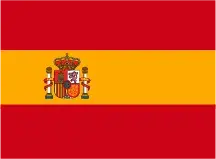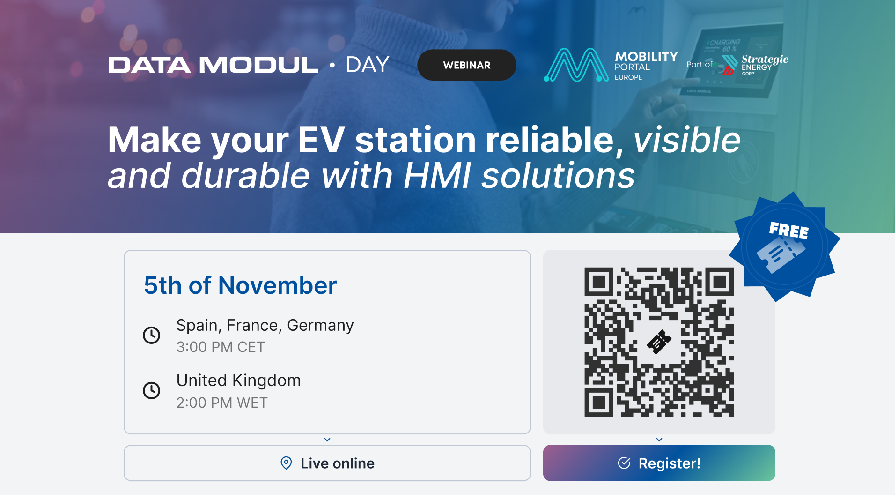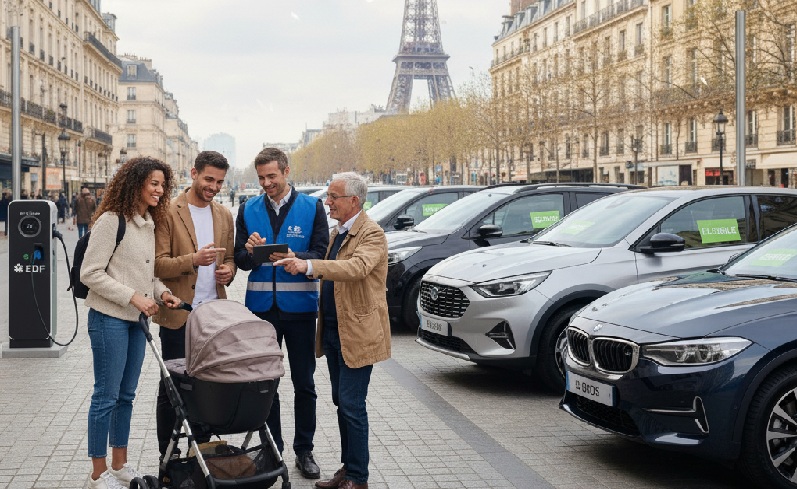The growth of zero-emission public transport requires incentives and the effective availability of energy to continue expanding.
This is warned by Antonio Martín-Ventas, General Director of Operations and Business at Grupo Ruiz, in a conversation with Mobility Portal Europe: “The biggest problem, in terms of regulations, is access to electrical power. The process is slow and complex. This limits vehicle recharging.”
From his perspective, government incentives remain crucial for advancing technological transition.
“Electrification requires very high investments, and we are in an early stage”, he emphasizes.

He also believes that the promotion of such initiatives should go beyond large urban centres: “We must also think about rural and remote areas, not just urban hubs.”
In this regard, Martín-Ventas emphasises the need for an integrated planning approach involving administrations, distributors, and energy companies.
He underscores that “concrete measures need to be implemented to ensure public transport reaches all territories with efficient solutions.”
Sustained electrification with an operational and progressive focus
With more than 1,100 operational units, Grupo Ruiz has achieved 85% of sustainable vehicles, 25% of which are electric.
This proportion makes the company one of the private operators with the highest level of electrification in the country.
Moreover, over 70% of the acquisitions made in the last two years are electric buses.

“We invest heavily in optimising the electric operation and continue analysing how to increase this percentage every year,” the executive details.
Despite these advancements, energy infrastructure remains a limiting factor as quick access to power is needed to recharge large fleets like theirs.
Although they have photovoltaic plants in most of their facilities and are evaluating storage systems, Martín-Ventas acknowledges that “they are partial solutions” and do not resolve the scale required for mass operations. “In urban areas, it’s difficult to install large systems,” he adds.
The company’s strategy rests on three pillars: innovation, sustainability, and social responsibility.
In this framework, in addition to gradually phasing out diesel units, the company operates with hybrid, natural gas, and electric technologies.
“When we talk about a sustainable fleet, we mainly refer to natural gas and electric vehicles, with eco or zero-emissions environmental labels,” he clarifies.
Grupo Ruiz’s projects at the national level
Urban environments prove to be the most suitable for electromobility. In Salamanca, they electrified 33% of the fleet in a single phase, achieving satisfactory operational results.
In Madrid, they continue to expand the intercity electric service every year. In 2025, they incorporated zero-emission units on routes of up to 700 km per day, consolidating a nationwide unprecedented experience.
In Linares, Grupo Ruiz led the first implementation of a 100% electric urban fleet all at once in Andalusia, marking a regional turning point.
“Today, pilot projects are a thing of the past. Administrations now trust electric technology,” says Martín-Ventas.
In more reluctant cities, the company offers guarantees of continuity and service quality to advance in the technological shift.
At the same time, the company is exploring alternatives like hydrogen. It is currently developing a pilot project, including the design of a power generation plant, as part of its technological diversification strategy.
“I don’t think we can say we have completed the electrification mission in the short term. We will keep growing and adapting to technological evolution,” the executive concludes.
DISCOVER MOBILITY PORTAL DATA
Discover Mobility Portal Data, a new exclusive market intelligence platform offering reliable data and key reports to support smart decision-making across the automotive sector — covering both combustion and electric vehicles, as well as charging infrastructure.
Research, trend analysis, and neatly organised statistics presented with clarity and precision, alongside up-to-date insights — all just one click away.
With Mobility Portal Data, good decisions are on the horizon.
READ MORE
-
6 days left: How to make EV charging stations reliable, visible and durable?
On 5 November, Data Modul will host a web seminar on HMI solutions for EV charging stations — a must-attend event for manufacturers seeking to innovate and optimise their products.
-
Rightcharge secures £1.6M to boost EV charging payments for Europe’s fleets
Public charging remains fragmented and reimbursing employees for home charging is often slow and error-prone. However, fleets using Rightcharge can reduce charging costs by up to 90%.
-
Strong demand for France’s social EV leasing with 41,500 cars already leased
To date, over 41,500 vehicles have been leased, including more than 11,360 by beneficiaries who live or work in areas where air quality is a concern.











